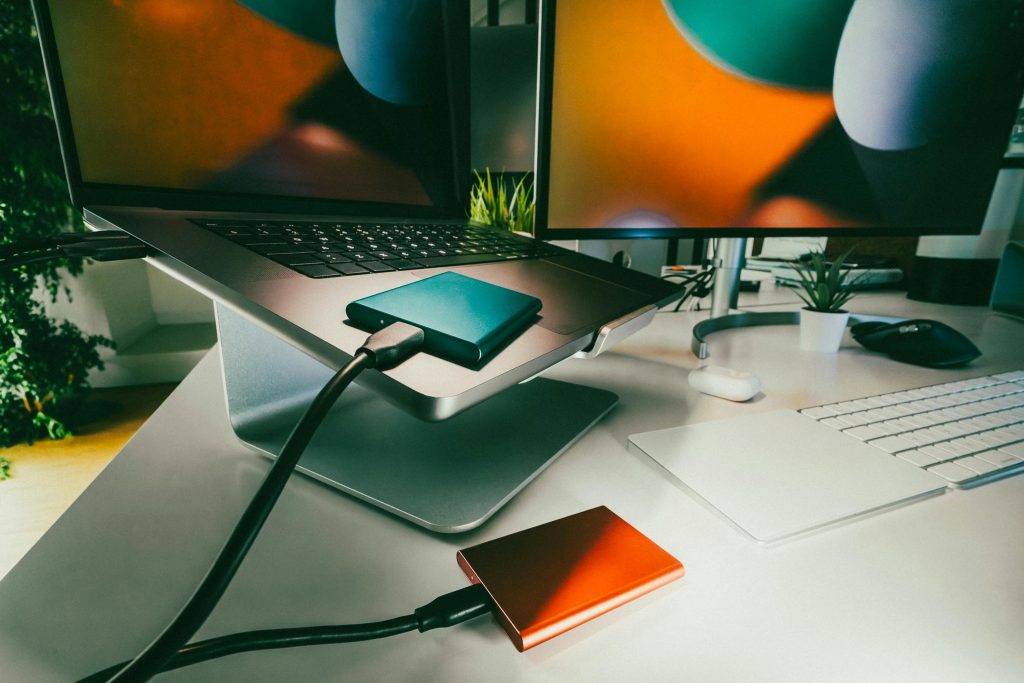Taking Charge of Your PC’s Security: A Personal Experience
After some time of using my computer, I decided it was high time to run a security scan to check for any malware. I opted for MalwareBytes, a well-regarded tool in the realm of cybersecurity. Upon completion of the scan, the results were staggering—I discovered numerous threats, including Trojans, BackDoors, and Bitcoin Miners.
To address these vulnerabilities, I promptly quarantined all identified malicious files and proceeded to perform a factory reset on my machine. While I felt this would put me back on track, I couldn’t help but question whether this was sufficient for ensuring my system’s safety.
What should my next steps be?
After sharing my experience, I’m grateful for the valuable insights from the community. It highlights the importance of vigilance in maintaining our digital security. If you’ve faced similar challenges or have tips on enhancing protection after a malware scare, I would love to hear your thoughts!
Share this content:




Thank you for sharing your experience. Running a malware scan with MalwareBytes and performing a factory reset are solid initial steps. However, to ensure your system’s security and integrity, here are some additional recommendations: